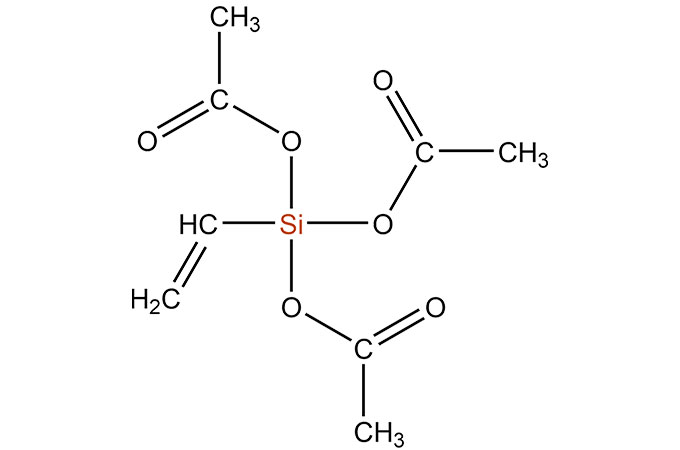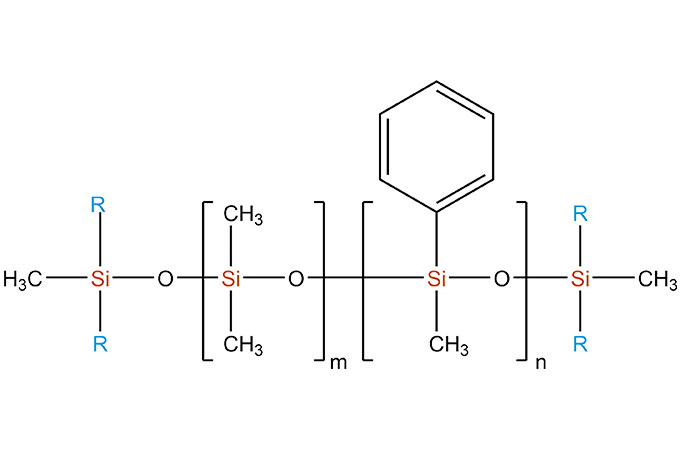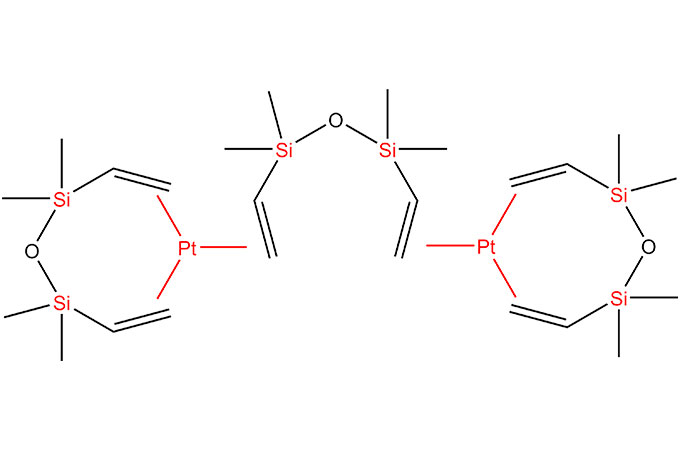There are several different forms of silicones with different degrees of cross-linking. The degree of crosslinking describes the degree of interconnection of the siloxane chains. The higher the degree of crosslinking, the harder the siloxane material. This variable is directly related to the strength of the polymer and its melting point.
1. Common forms and applications of silicone products
Silicone oil, consisting of straight chains of non-crosslinked silicone polymers. These fluids have been found to be useful as lubricants, paint additives, and ingredients in cosmetics.
Silicone gels have almost no crosslinks between polymer chains. Silicone gel is used in cosmetics to form a protective layer on the surface of the skin and help the skin retain moisture. Silicone gel can also be used as a material for breast augmentation prostheses and some soft parts of insoles.
Silicone elastomer, also known as silicone rubber, contains more cross-linked bonds between polymer chains, so it has rubber-like properties. Silicone rubber is used as an insulator in the electronics industry, as a seal for aerospace vehicles, and oven gloves for baking.
Silicone resin, a rigid form of siloxane, has a high crosslink density. These resins are often used in construction materials, such as heat-resistant coatings and weather-resistant materials.
2. Toxicity of silicone products
Because silicone is chemically inert and more stable than other polymers, it will not react with human body parts. However, toxicity depends on factors such as exposure time, chemical composition, dose level, type of exposure, chemical absorption, and individual response.
Researchers have determined the potential toxicity of silicone through studies on skin irritation, changes in the reproductive system, and mutations. Although there are several types of silicones that can irritate human skin, studies have shown that exposure to standard amounts of silicones usually produces almost no adverse effects.
 English
English 日本語
日本語 한국어
한국어 français
français Deutsch
Deutsch Español
Español italiano
italiano русский
русский português
português العربية
العربية tiếng việt
tiếng việt


